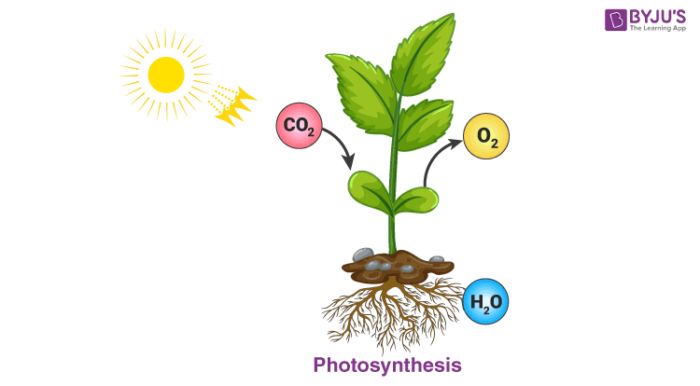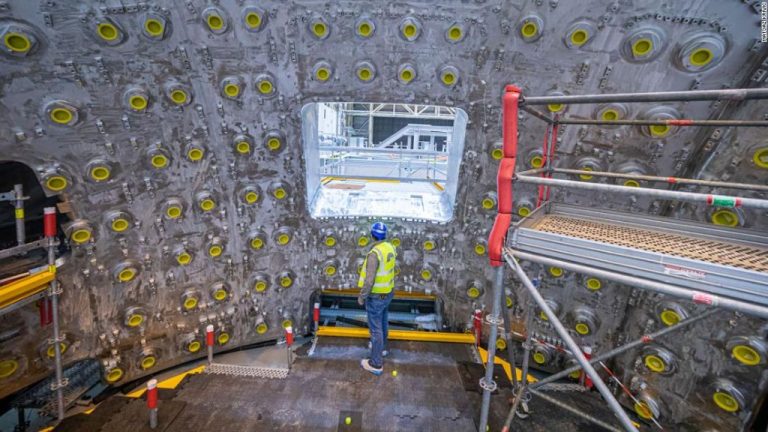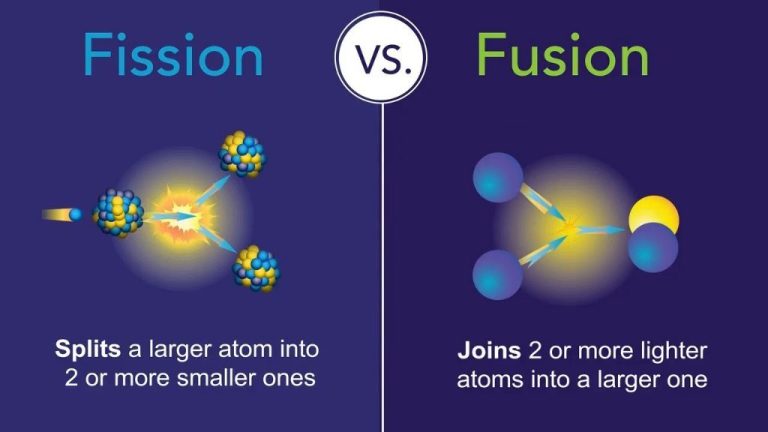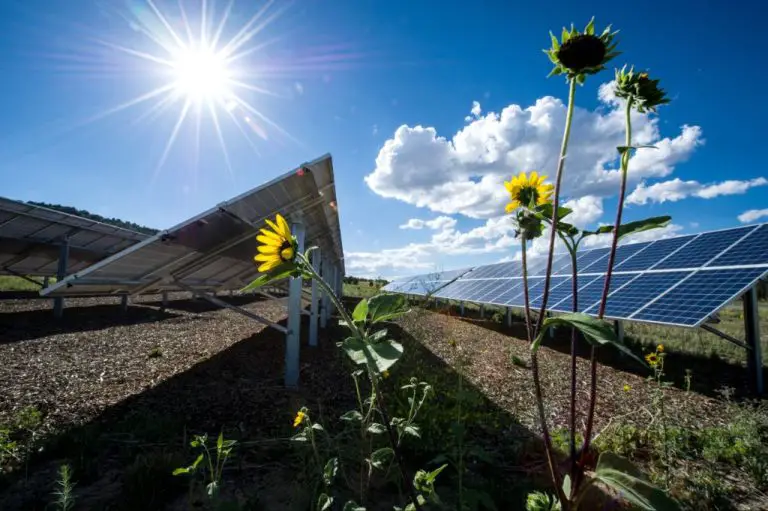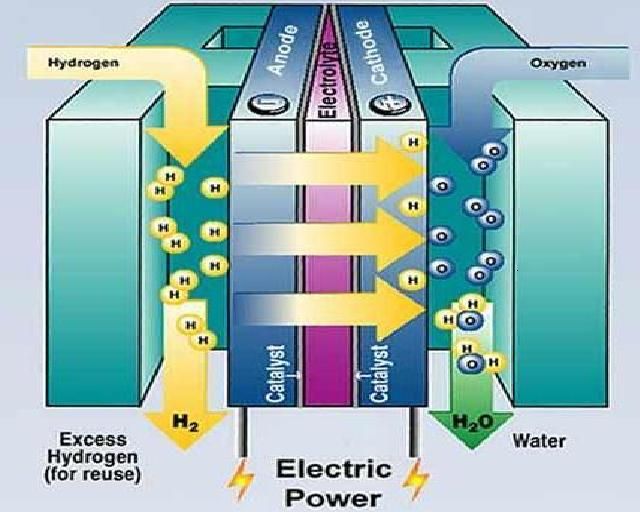Why Is It Defined As A Form Of Energy?
Electricity is a fundamental form of energy that is all around us. Energy is often defined as the ability to do work or cause change. Electricity falls under this definition as it involves the motion and interaction of charged particles that can perform work and cause many different effects. Understanding electricity as a form of energy provides insight into its behavior and capabilities.
Electricity Involves the Flow of Charged Particles
Electricity fundamentally involves the flow of electrons, which carry a negative electric charge. Atoms contain positively charged protons and negatively charged electrons. Some materials have electrons that are loosely bound and can move freely through the material. These are called conductors. In contrast, insulators have electrons that are tightly bound to their atoms and cannot flow freely.
When there is an imbalance of electric charge, the excess electrons in the negative region will repel each other and move towards the positive region. This flow and movement of electrons is what electricity is on a fundamental level. Metals like copper are good conductors that allow electrons to move rapidly in response to these charge imbalances. This creates an electric current.
Overall, electricity relies on materials that allow electrons to flow freely. The motion and transfer of these negatively charged electrons creates electrical energy that can be harnessed. Understanding electricity starts with knowing it involves the organized movement of subatomic charged particles.
Electricity Can Be Converted to Other Forms of Energy
One of the key properties of electricity that makes it a fundamental form of energy is its ability to be converted into other types of energy like light, heat, and motion.
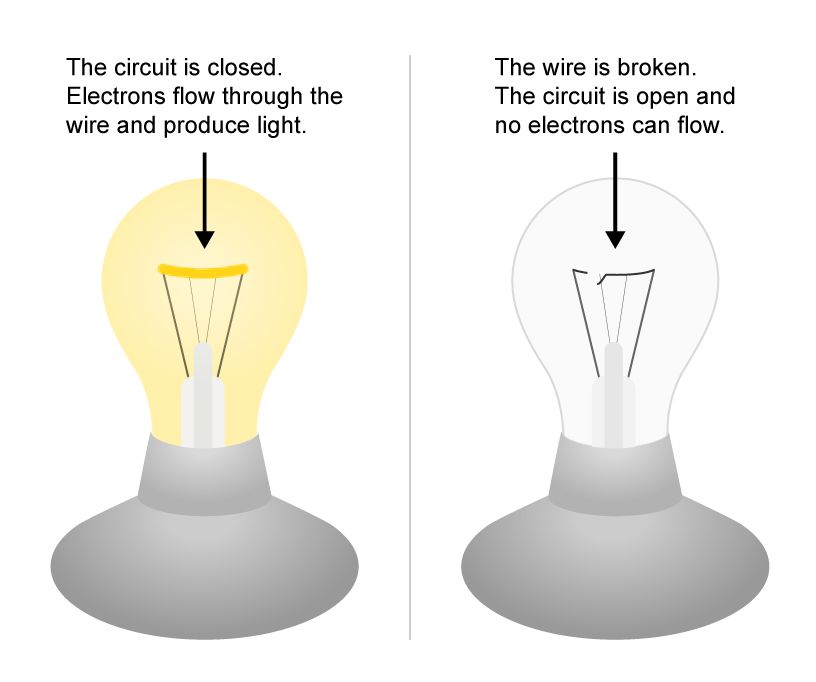
For example, when an electric current passes through a light bulb, the resistance of the filament causes it to heat up and emit light. The electrical energy is converted into both heat and visible light energy. Similarly, electric heaters and stoves convert electricity into heat through resistance heating. Electric motors take electrical energy and convert it into rotational kinetic energy and motion.
Speakers and headphones convert oscillating electric signals into mechanical energy of vibration, which creates sound waves we can hear. Microphones do the reverse, turning sound waves into oscillating electric signals.
Solar photovoltaic panels are able to directly convert sunlight into electricity through the photoelectric effect. Fuel cells generate electricity from chemical energy stored in their fuel source. Batteries can convert chemical energy to electrical energy during discharge, and electrical energy to chemical energy during charging.
The ability to interconvert electricity with other common forms of energy like heat, light, motion, sound, and chemical energy is what establishes electricity as a fundamental carrier of energy itself. This flexibility and interconvertibility makes electricity an immensely useful and universal form of energy for society.
Electricity Can Be Generated from Other Energy Sources
Electricity can be generated from a variety of energy sources through the process of energy conversion. Some of the main ways electricity is generated include:
Chemical Energy: In power plants, chemical energy stored in fossil fuels like coal, oil, and natural gas is converted into thermal energy by combustion. This thermal energy is used to boil water into steam, which then spins a turbine that activates an electric generator, producing electricity.
Nuclear Energy: Nuclear power plants use the heat released from nuclear fission reactions in a reactor core to convert water into steam. The steam spins a turbine connected to a generator to produce electricity.
Mechanical Energy: Hydropower plants use the mechanical energy of falling or flowing water to spin turbines and generate electricity. Dams control water flow to increase the mechanical energy available.
Wind Energy: Wind turbines use the kinetic energy of wind to turn large blades connected to a generator for producing electricity.
Solar Energy: Solar panels (photovoltaic cells) convert radiant light directly into electricity using the photoelectric effect. Concentrated solar power plants use mirrors to concentrate sunlight to heat a fluid, producing steam to drive electric generators.
Geothermal Energy: Geothermal power plants use hydrothermal reservoirs in the Earth’s crust to extract steam and hot water. This geothermal energy spins turbine generators to produce electricity.
These and other energy conversion processes allow electricity generation from a wide variety of energy sources. In essence, other forms of energy can be converted into electrical energy for human use.
Let’s go over some examples of the powerful work that electricity can do and the changes it can cause:
Electricity Can Do Work and Cause Change
Electricity powers motors of all sizes, from small hobby motors to the massive motors used in industry. The spinning magnetic fields generated by alternating current can turn motors and perform mechanical work. Electricity allows motors to lift, pull, push, and transport items.
Electricity transmits power and information through wires and cables. This allows for lighting, appliances, machinery, and electronics to operate. From a simple light bulb to a supercomputer, they all rely on the work electricity does in circuits to function.
Electric current produces heat that can be harnessed to cook food, melt and shape metal, generate steam, and more. Resistance in conductors converts electrical energy into heat which can then do useful work.
Electricity can cause chemical reactions and change material properties. Electroplating uses electricity to coat an object with a thin layer of metal. Electrolysis uses electricity to drive a non-spontaneous chemical reaction like breaking water into hydrogen and oxygen gas.
Electricity enables technologies like communications, computing, healthcare devices, and automation. It powers infrastructure and underpins modern civilization. Without the ability of electricity to do meaningful work, the world would be a very different place.
Electricity Can Be Stored and Transported
Electricity is a versatile form of energy that can not only be generated and converted into other forms, but it can also be effectively stored and transported for later use. One of the most common ways to store electrical energy is through the use of batteries. Batteries contain positive and negative terminals and involve chemical reactions that store electrical charges. When connected in a circuit, the stored chemical energy is converted into electricity that can then power electrical devices. Rechargeable batteries can have their chemical reactions reversed by applying an external electrical current, allowing them to be reused multiple times.
Transportation of electricity from generators to end users is enabled by power grids and electrical wiring. Generators produce electricity that gets stepped up to high voltages which enables efficient transmission along transmission lines and power cables. The electricity can then be stepped down to lower, safer voltages for distribution. Conductive metal wires, usually made from materials like copper or aluminum, allow charges to flow smoothly with minimal electrical resistance and power loss. Insulating materials around wires prevent dangerous electrical contact and leakage. This combination enables generated electricity to be carried over long distances to homes, businesses, and other facilities where it can then be utilized.
Electricity Has Quantifiable Potential and Kinetic Energy
Electricity has measurable attributes like voltage and current that directly correlate to potential and kinetic energy. Voltage represents the potential energy per unit charge that electrons have due to their position in the electric field. It is analogous to the potential energy of an object due to height in a gravitational field. The higher the voltage, the more potential energy each electron carries. Current represents the rate of flow of electric charge, which relates to the kinetic energy of electrons. The greater the current, the faster the electrons are flowing, indicating greater kinetic energy.
We can quantify these attributes using units like Volts for voltage and Amperes for current. The relationships between voltage, current, and resistance are described by Ohm’s Law. Just as potential energy can be converted into kinetic energy in mechanical systems, voltage can be converted into current in electrical systems. The potential energy stored in a battery’s voltage can be converted into the kinetic energy of moving electrons when connected in a circuit. Their measurable energies are dissipated when doing work such as powering light bulbs, motors, or other electronics. We can mathematically relate the electrical energy transfers to the physical changes produced.
In this way, electricity exhibits definable properties analogous to classical mechanisms. The ability to quantify electric potential and kinetic energy allows us to engineer systems and predict outputs. It is why we categorize electricity as a fundamental form of energy.
Electricity Can Exert Forces
Electricity can exert forces through electromagnetic interactions. When an electrical current flows through a conductor like a wire, it generates a magnetic field perpendicular to the direction of current flow. This magnetic field can then exert forces on other nearby currents or magnetic materials.
The most common example is the force between two parallel wires carrying currents. If the currents are flowing in the same direction, the wires will be pulled towards each other due to the attractive magnetic force. If the currents are in opposite directions, the wires will repel each other. This demonstrates the fundamental electromagnetic force caused by an electric current.
Another example is the force exerted on a charged particle like an electron moving through a magnetic field. The magnetic field applies a force perpendicular to the electron’s motion, causing it to curve or change direction. This demonstrates how electricity generates magnetic fields that can then exert forces.
On an atomic level, the electromagnetic force is what holds atoms and molecules together. The orbiting electrons produce tiny magnetic fields that attract and repel other electrons and nuclei. So ultimately, all of chemistry and the forces that hold matter together stem from electromagnetic interactions involving electricity.
Overall, electricity is able to exert forces at both large and small scales. Whether causing attraction/repulsion between wires and magnets, or governing atomic bonds, the ability for electricity to exert electromagnetic forces is a key part of what makes it a fundamental force of nature.
Electricity As Energy is Part of the Laws of Thermodynamics
Electricity, like all forms of energy, obeys the laws of thermodynamics. The laws of thermodynamics govern how energy is transferred and transformed within a system.
The first law of thermodynamics states that energy can neither be created nor destroyed – it can only change form. This means that when electricity does work, it doesn’t disappear but rather changes into another form of energy, like light, heat, or motion. For example, when an electrical appliance runs, the electricity is converted into heat and light energy.
The second law of thermodynamics states that in any energy transfer, some amount of energy is lost to heat. This is why electrical devices and transmission lines generate heat when electricity flows through them – some electrical energy is inevitably converted into thermal energy. This heat dissipation limits the efficiency of electrical systems and devices.
Electricity’s ability to produce heat and power mechanical motion means it can do “work” in the physics sense. The first law guarantees that energy is conserved in these transfers between electricity and other forms. The second law accounts for energy gradually becoming more disordered over time within closed systems, through unavoidable waste heat. Together these thermodynamic principles characterize electricity as a versatile energy carrier participating in the overall flow of energy in the universe.
Conclusion
Electricity is considered a form of energy because it exhibits several key properties that define energy:
Electricity involves the flow of charged particles, which can exert forces and do work. The movement of electric charges contains kinetic energy.
Electricity can be converted into other useful forms of energy like heat, light, and motion. It can also be converted from other sources through generators.
Electricity has measurable and quantifiable potential and kinetic energy, following the principles of physics.
Electricity is able to be stored in batteries and capacitors, transported through wires, and used to power devices and systems.
The generation and use of electricity follows the laws of thermodynamics, with quantifiable transfers between potential and kinetic energy.
In summary, electricity exhibits all the characteristics that define energy – it involves moving charges that can do work, be converted, stored, and quantified. Understanding electricity as a form of energy allows us to harness it effectively.

